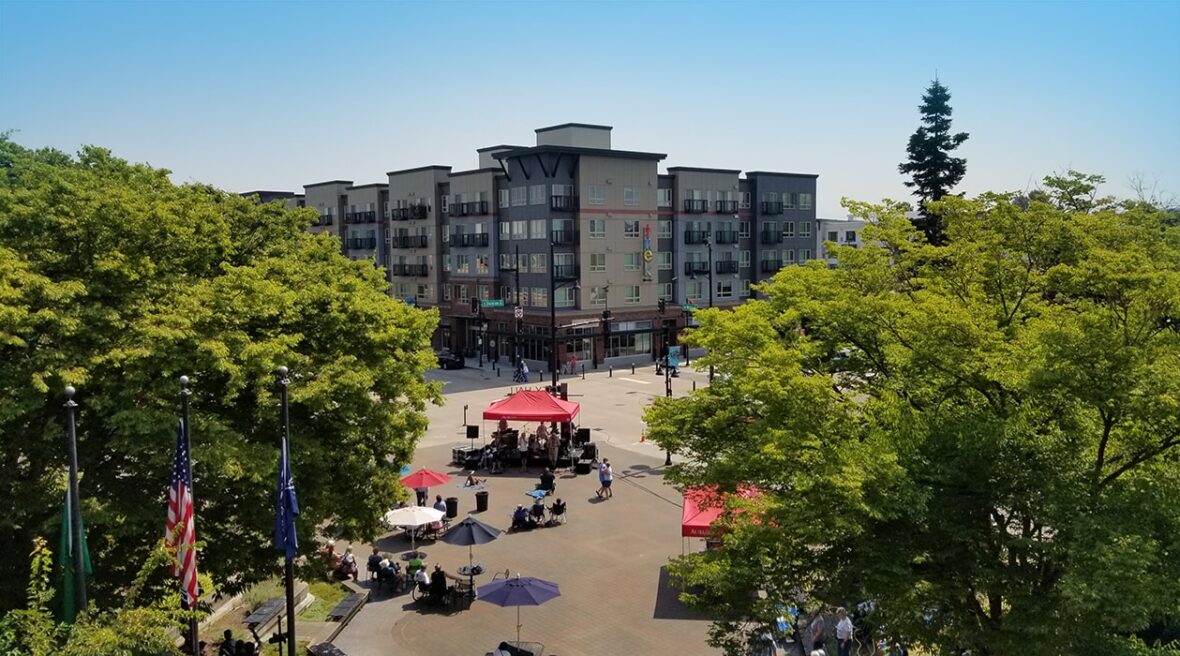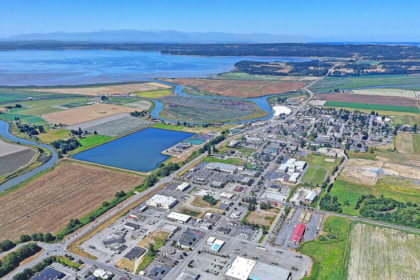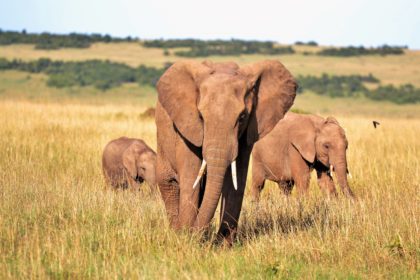Auburn is a city in King County, Washington, United States (with a small portion crossing into neighboring Pierce County). The population was 70,180 at the 2010 United States Census. Take a look below for 20 fascinating and awesome facts about Auburn, Washington, United States.
1. Auburn is a suburb in the Seattle metropolitan area, and is currently ranked as the 15th largest city in the state of Washington.
2. Auburn is bordered by the cities of Federal Way, Pacific, and Algona to the west, Sumner to the south, Kent to the north, and unincorporated King County to the east.
3. The Muckleshoot Indian Reservation lies to the south and southeast.
4. Before the first non-indigenous settlers arrived in the Green River Valley in the 1850s, the area was home to the Muckleshoot people, who were temporarily driven out by Indian wars later that decade.
5. Several settler families arrived in the 1860s, including Levi Ballard, who set up a homestead between the Green and White rivers.
6. Ballard filed for a plat to establish a town in February 1886, naming it Slaughter for an officer slain during the Indian wars in 1855.
7. Slaughter was incorporated on June 13, 1891, but its name was changed two years later to Auburn on February 21, 1893, by an action of the state legislature.
8. Newer residents had disliked the name and its connection to the word “slaughter”, especially after the town’s hotel was named the Slaughter House.
9. The name Auburn was chosen in honor of Auburn, New York, for the area’s shared reliance on hops farming.
10. The White and Green Rivers have been a major part of the history and culture of Auburn since the area was settled with multiple locations in the city being named after either of the two rivers.
11. Frequent flooding from the rivers caused numerous problems for the people living in the community with one outcome being the creation of Mountain View Cemetery over on one of the hills overlooking the valley.
12. It was not until the completion of the Mud Mountain Dam and the Howard A. Hanson Dam, along the White River and Green River respectively, that the flooding would cease and allow the city to grow without the aforementioned hurdle impeding the growth.
13. In 1917 the city, in response to the growing of the Japanese community, donated some of the land in Pioneer Cemetery to the White River Buddhist Church.
14. A little over ten years later, Rev. Giryo Takemura, minister of the church at the time, and his future son-in-law, Chiyokichi Natsuhara, raised money to replace the old wooden sticks and columns that had been in use as gravestones at the Cemetery with more durable concrete markers.
15. The interwar period saw several Japanese-American baseball teams from the area compete in the courier league with the White River All-Stars enjoying particularly large success winning four of the July 4th tournaments.
16. In 1930 a Japanese bath house was constructed outside of Neely Mansion by the then current tenants.
17. The onset of the Second World War saw the Japanese-American community of Auburn become seen with largely unwarranted distrust by many of the white residents of Auburn.
18. This, combined with a larger countrywide Japanese focused xenophobia, led to the city’s Japanese-American population being relocated to internment camps.
19. After the war, of about 300 Japanese families living in Auburn only around twenty five returned.
20. In 2008, Auburn annexed the West Hill and Lea Hill neighborhoods of unincorporated King County, adding 15,000 residents and expanding its land area by 26 percent.




